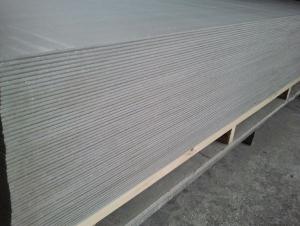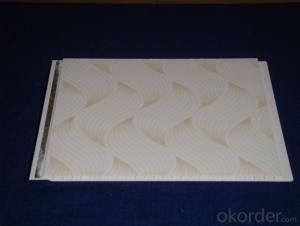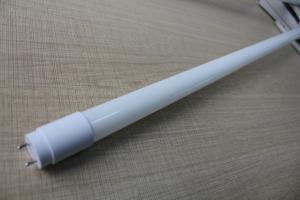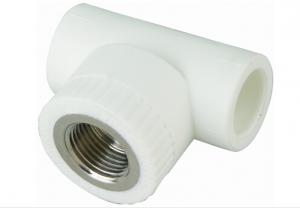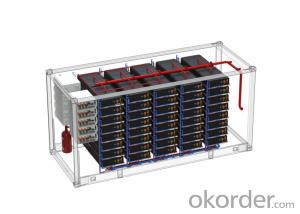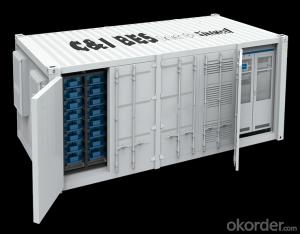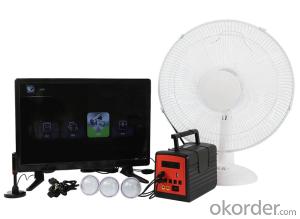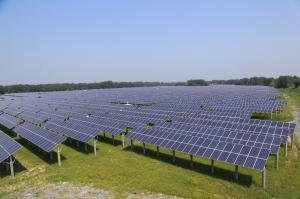Inverter With Solar Input
Inverter With Solar Input Related Searches
Stainless Steel Bucket With Lid Hot Water Bottle With Hose High Five Stainless Steel Prop Solar Panel Kit With Inverter Rv Solar System With Inverter Cover Ham With Aluminum Foil Aluminum Post With Base Plate Wrap Feet With Aluminum Foil Curl Hair With Aluminum Foil Aluminum Foil Pans With LidsHot Searches
Price For Stainless Steel Scrap Scrap Price For Stainless Steel Price For Stainless Steel Cheap High Tea Sets For Sale Price Of Shipping Containers For Sale Stock Price For Aluminum Cheap Solar Cells For Sale Air Pump For Aquarium Price Inverter Size For Solar System Used Foam Board Insulation For Sale Price List For Building Materials Magnesium Oxide Board For Sale Hdf Board For Sale sintra board for sale Cheap Mini Laptops For Sale Plywood For Sale Cheap Cheap Washers For Sale Cheap Tall Vases For Sale Solar With Inverter Price Price For Stainless Steel ScrapInverter With Solar Input Supplier & Manufacturer from China
Okorder.com is a professional Inverter With Solar Input supplier & manufacturer, offers integrated one-stop services including real-time quoting and online cargo tracking. We are funded by CNBM Group, a Fortune 500 enterprise and the largest Inverter With Solar Input firm in China.Hot Products
FAQ
- Yes, a solar energy system can be installed on a vehicle. This is known as a solar-powered vehicle or solar car. These vehicles are designed to harness energy from the sun through solar panels mounted on the roof or other parts of the vehicle. The solar panels convert sunlight into electricity, which can be used to power the vehicle's electric motor or stored in batteries for later use. Solar cars are a sustainable and environmentally friendly alternative to traditional fuel-powered vehicles, as they reduce reliance on fossil fuels and produce zero emissions. While solar cars are still relatively new and not as widely used as traditional vehicles, advancements in technology are making them more efficient and practical for everyday use.
- Yes, solar energy systems can certainly be used to power research laboratories or scientific facilities. Solar energy is a renewable and sustainable source of power that can be harnessed through the use of photovoltaic (PV) panels or solar thermal systems. Research laboratories and scientific facilities often require a significant amount of electricity to power various equipment such as microscopes, centrifuges, spectrometers, and other specialized scientific instruments. By installing solar panels on the rooftops or surrounding areas of these facilities, they can generate electricity from the sun's rays. The energy generated by solar panels can be used directly to power the laboratory's equipment, reducing their reliance on traditional fossil fuel-based electricity sources. Additionally, excess energy produced by the solar panels can be stored in batteries or fed back into the grid, ensuring a continuous and reliable power supply. There are several benefits to using solar energy in research laboratories and scientific facilities. Firstly, it helps reduce greenhouse gas emissions and mitigates the environmental impact of these facilities. Solar power is clean and does not produce any harmful pollutants, making it an environmentally friendly alternative to conventional electricity sources. Moreover, solar energy systems can provide a stable and cost-effective source of power in the long run. Although the initial installation costs may be higher, solar panels have a long lifespan and require minimal maintenance. This can lead to significant savings on electricity bills over time, allowing research laboratories and scientific facilities to allocate their resources towards other important research activities. Furthermore, solar energy systems can enhance the resilience and reliability of power supply to these facilities. In areas prone to power outages or with unreliable electricity grids, solar panels combined with battery storage can provide a backup power source, ensuring uninterrupted operation of critical scientific equipment. In conclusion, solar energy systems can indeed be used to power research laboratories and scientific facilities. They offer numerous environmental, economic, and operational advantages that make them a viable and sustainable choice for meeting the energy needs of these important scientific institutions.
- Yes, solar energy systems can be used to power remote sensing devices. Solar panels can convert sunlight into electricity, which can then be used to power various types of remote sensing devices such as weather stations, environmental monitoring systems, and satellite communication equipment. This allows for the collection and transmission of data in remote areas where access to traditional power sources may be limited or unavailable.
- Yes, solar energy systems can still be used in areas with high levels of air pollution from industrial activities. While air pollution may affect the efficiency of solar panels to some extent, they can still generate electricity and contribute to reducing the overall carbon footprint. Additionally, using solar energy can help to diversify the energy mix and reduce reliance on polluting sources.
- Yes, there are risks of electrical arcing with solar energy systems. Electrical arcing occurs when there is a breakdown in the insulation of electrical components, resulting in the flow of electricity through air or other non-conductive materials. This can lead to a fire hazard and damage to the solar energy system. Some potential causes of electrical arcing in solar energy systems include faulty wiring, loose connections, and damage to the solar panels. These issues can result in an increased risk of electrical arcing, which can cause overheating, melting of components, and even electrical fires. To mitigate the risks of electrical arcing, it is crucial to ensure that the solar energy system is installed and maintained by qualified professionals who follow industry standards and regulations. Regular inspections and maintenance should be conducted to identify and address any potential issues that could lead to electrical arcing. Furthermore, the use of high-quality electrical components and proper grounding techniques can help reduce the risk of electrical arcing. Implementing safety measures such as circuit breakers, surge protectors, and arc fault circuit interrupters (AFCIs) can also provide additional protection against electrical arcing. In summary, while solar energy systems offer numerous benefits, it is important to be aware of the potential risks of electrical arcing. By ensuring proper installation, maintenance, and adherence to safety guidelines, the risks can be minimized, allowing for the safe and efficient operation of solar energy systems.
- Solar energy systems and solar panels are interconnected yet distinct entities. The primary constituents of a solar energy system are solar panels. These devices convert sunlight into electricity by utilizing photovoltaic cells. The cells consist of semiconductor materials that generate an electric current upon exposure to sunlight. Multiple solar cells are typically connected to form solar panels, thereby increasing voltage and power output. These panels are often installed on rooftops or in open areas to maximize sunlight absorption. In contrast, a solar energy system comprises more than solely solar panels. It encompasses all the essential components and equipment necessary to effectively harness and utilize solar energy. This includes inverters, which convert the direct current (DC) electricity generated by the solar panels into alternating current (AC) electricity suitable for residential or commercial use. Other components may incorporate batteries for energy storage, charge controllers to regulate electricity flow, and monitoring systems to track the solar energy system's performance. To summarize, solar panels are physical devices that capture sunlight and convert it into electricity, while a solar energy system is a comprehensive setup that integrates solar panels with other vital components to efficiently generate, store, and utilize solar energy.
- The efficiency of solar panels varies across different installation locations due to various factors such as the amount of sunlight received, the angle and orientation of the panels, shading, temperature, and local weather conditions.
- Solar energy systems contribute to reducing carbon emissions in several ways. Firstly, solar energy is a renewable and clean source of power. Solar panels harness sunlight and convert it into electricity without any emissions of greenhouse gases. This means that when solar energy is used to generate electricity, it does not release carbon dioxide or any other harmful pollutants into the atmosphere, unlike traditional fossil fuel power plants. Secondly, solar energy can replace the use of fossil fuels in various sectors. For example, solar panels can be installed on residential rooftops to provide electricity for homes, reducing the need for electricity generated from coal or natural gas. Similarly, solar farms can be established to produce large-scale solar power for commercial and industrial purposes. By displacing the use of fossil fuels, solar energy systems help to lower carbon emissions associated with electricity generation. Moreover, solar energy can also be used for heating purposes. Solar thermal systems can capture and utilize the sun's heat to provide hot water for residential and commercial buildings. By utilizing solar thermal systems, the demand for gas or electricity to heat water is reduced, resulting in a decrease in carbon emissions from water heating processes. Furthermore, the widespread adoption of solar energy systems can lead to a decrease in the overall demand for fossil fuels. As more households, businesses, and industries switch to solar power, the demand for coal, oil, and natural gas decreases. This reduced demand for fossil fuels can drive down their production and consumption, resulting in a significant reduction in carbon emissions associated with extracting, refining, and burning these fuels. In summary, solar energy systems contribute to reducing carbon emissions by producing clean and renewable electricity, replacing the use of fossil fuels, reducing the demand for traditional energy sources, and providing an alternative for heating purposes. By transitioning to solar power, we can significantly mitigate the impact of climate change and work towards a more sustainable future.




